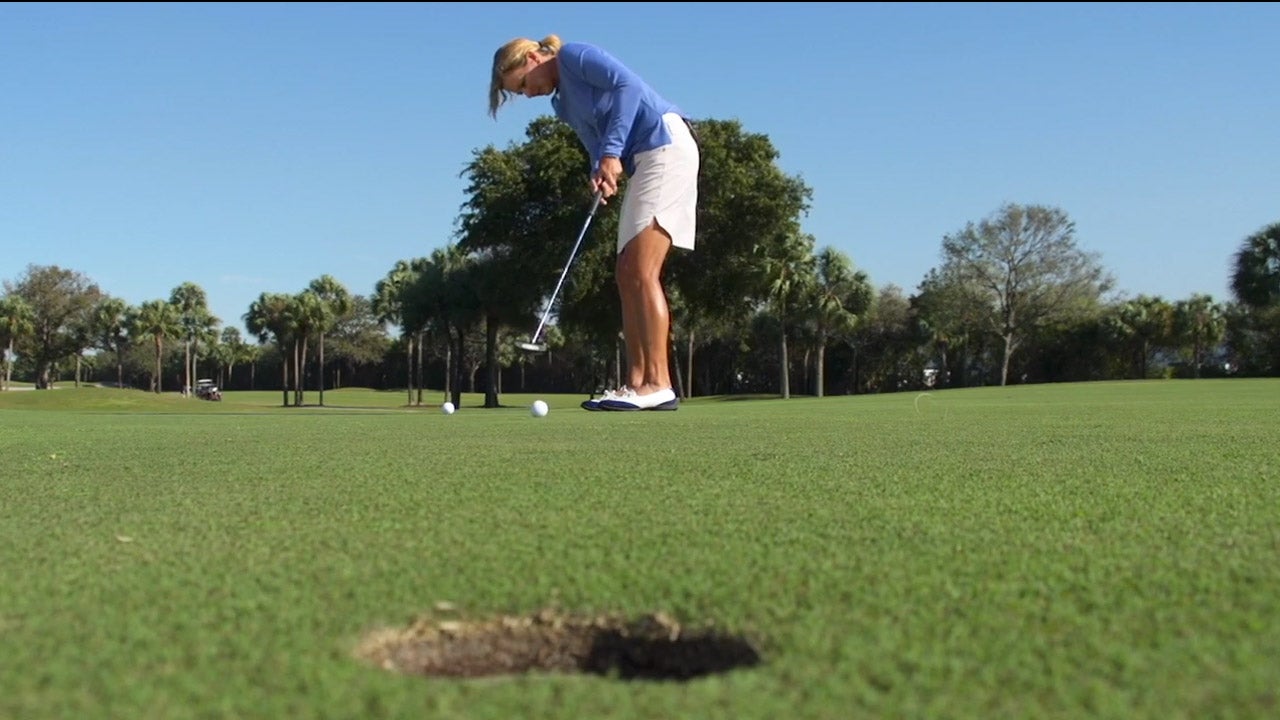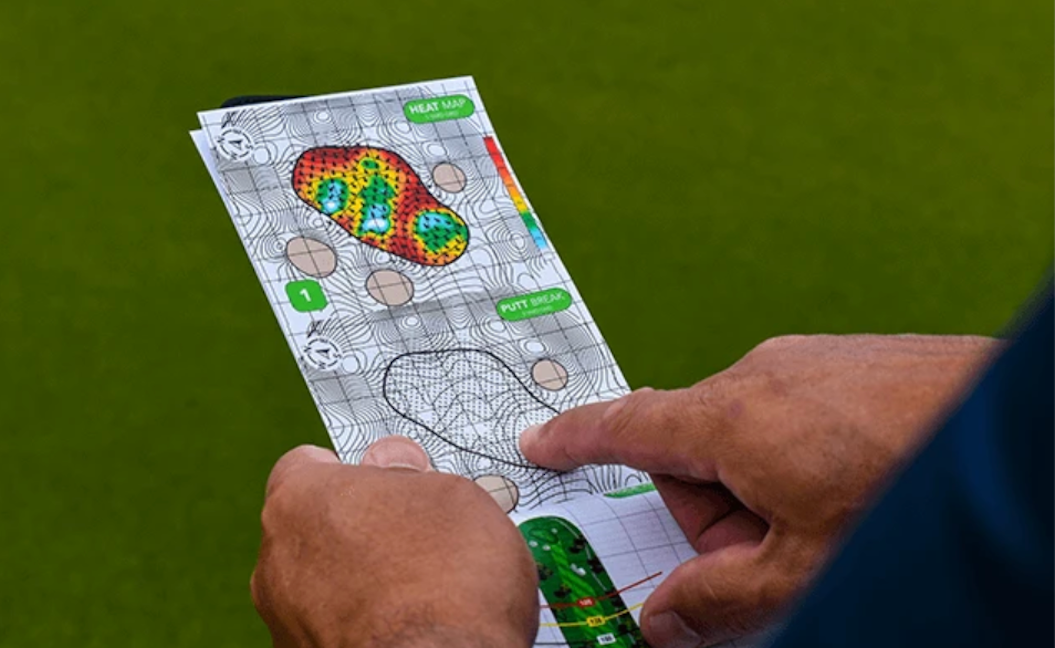5 ways to improve your green-reading skills without relying on a caddie
- Share on Facebook
- Share on Twitter
- Share by Email

InsideGOLF: +$140 Value
Just $39.99
After an unplanned break from golf, I was excited to get back out to the course this week with my 11-year-old son. It’s a whole new golf world right now, but I’ll take it!
To say we were rusty getting started would be an understatement. The good news is, that I was expecting this and just decided to struggle through it and do my best. I also allowed myself to hit another shot when I wanted. Having low (or no) expectations can work well. My son thinks he is supposed to play like the kids in The Short Game, so he was no so thrilled. So many life lessons happen on the golf course.
As we return to a slightly different version of golf, there are many of us who may have to learn to be more self-sufficient, like managing your course management, choosing your own clubs and … reading greens.
I am fortunate to play with a caddie on occasion, and even though I usually prefer to read my own greens, caddies’ local knowledge can be difficult to beat.
Here’s how to develop a caddie’s eye and become a pro green-reader :
When you are approaching a green from a distance, it can be easier to see how the green tilts and if there is an obvious tilt. So pay attention as you approach the putting surface from the fairway.
Greens are built to drain rainwater, meaning they have low points to which the water runs. If you can identify those areas, you’ll have a leg-up on your reads.
One of the most important things you need to determine is the proper power and speed you need to generate to roll the ball the right distance. Our eyes judge distance well, but often miss up- and downhill slopes. I’m a fan of Aimpoint by Mark Sweeney, by which you learn to read the greens using your feet. Walking the putt to feel the slope can help you to determine proper speed and length of backstroke.
Try this: aim to a stop your ball just short of the cup when putting downhill and just beyond the cup when putting uphill.
When trying to determine how the ball will move on a side slope, I find it helpful to look at the general area, rather than just the line. In other words, if you study several feet on one side of the line versus several feet on the other, the tilt of the green becomes more obvious — and, of course, you should always aim for the higher side.
Longer putts may require you to divide the putt into sections and read each section in this same manner.
There is so much great tech out there to help you to play your best golf, including the green maps that the Tour players use. There are a few different options, among them the new Green Books by Golflogix (Golf Logix and GOLF.com are affiliates of 8AM Golf).
These custom-printed green books contain detailed 3D imagery and are available for more than 14,000 courses; they also include three views of every hole. Quick view heat maps outline the undulations, and easy-to-see arrows help golfers see where to properly approach the green. The books also offer detailed information to help you read every putt perfectly and avoid three-putting, plus color imagery of every hole with 50-yard grids to help guide you around the course.

The product(s) featured in this article has been independently selected by GOLF.com’s editorial team. If you make a purchase using the links included, we may earn a small commission.

Golf.com